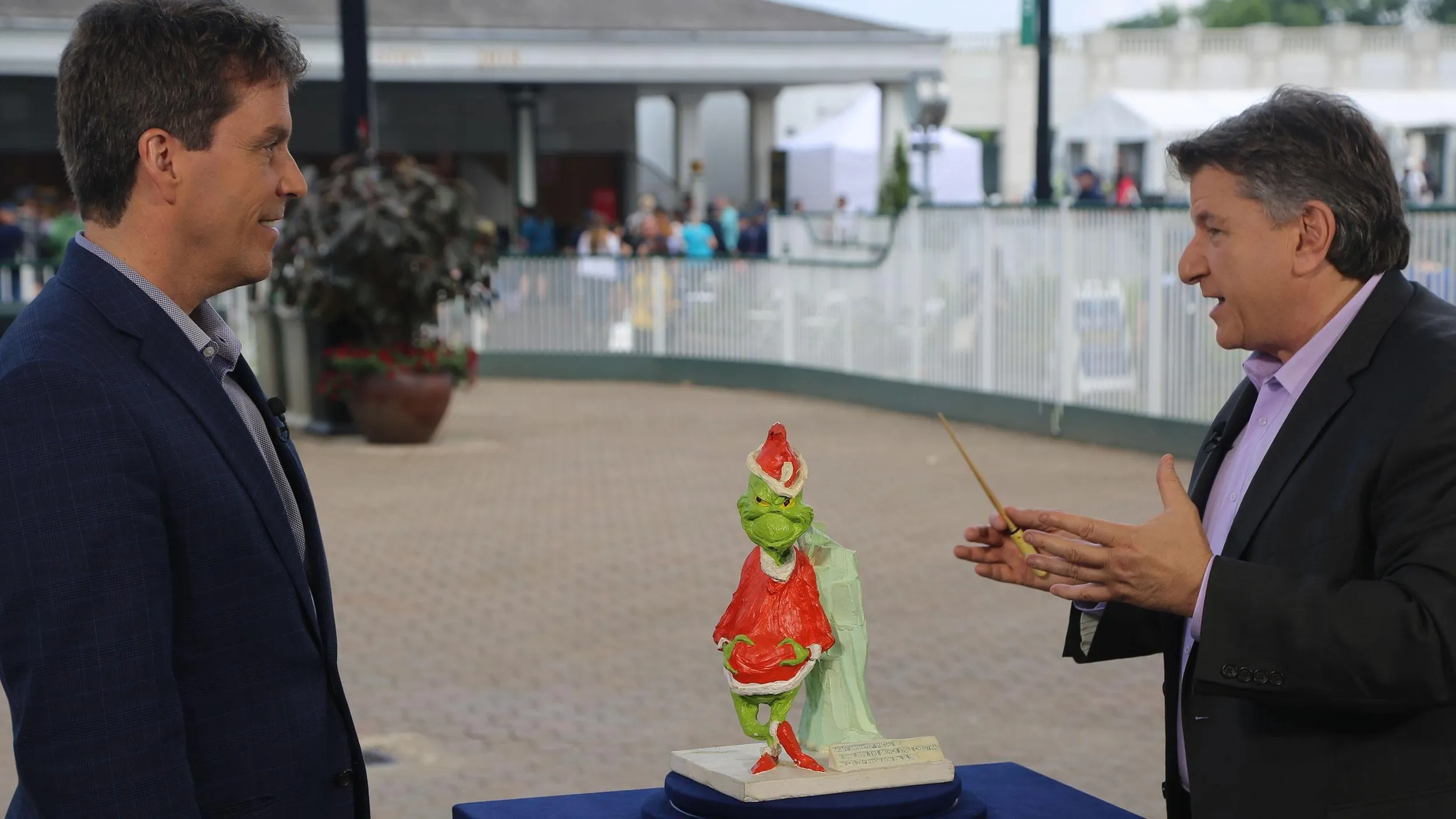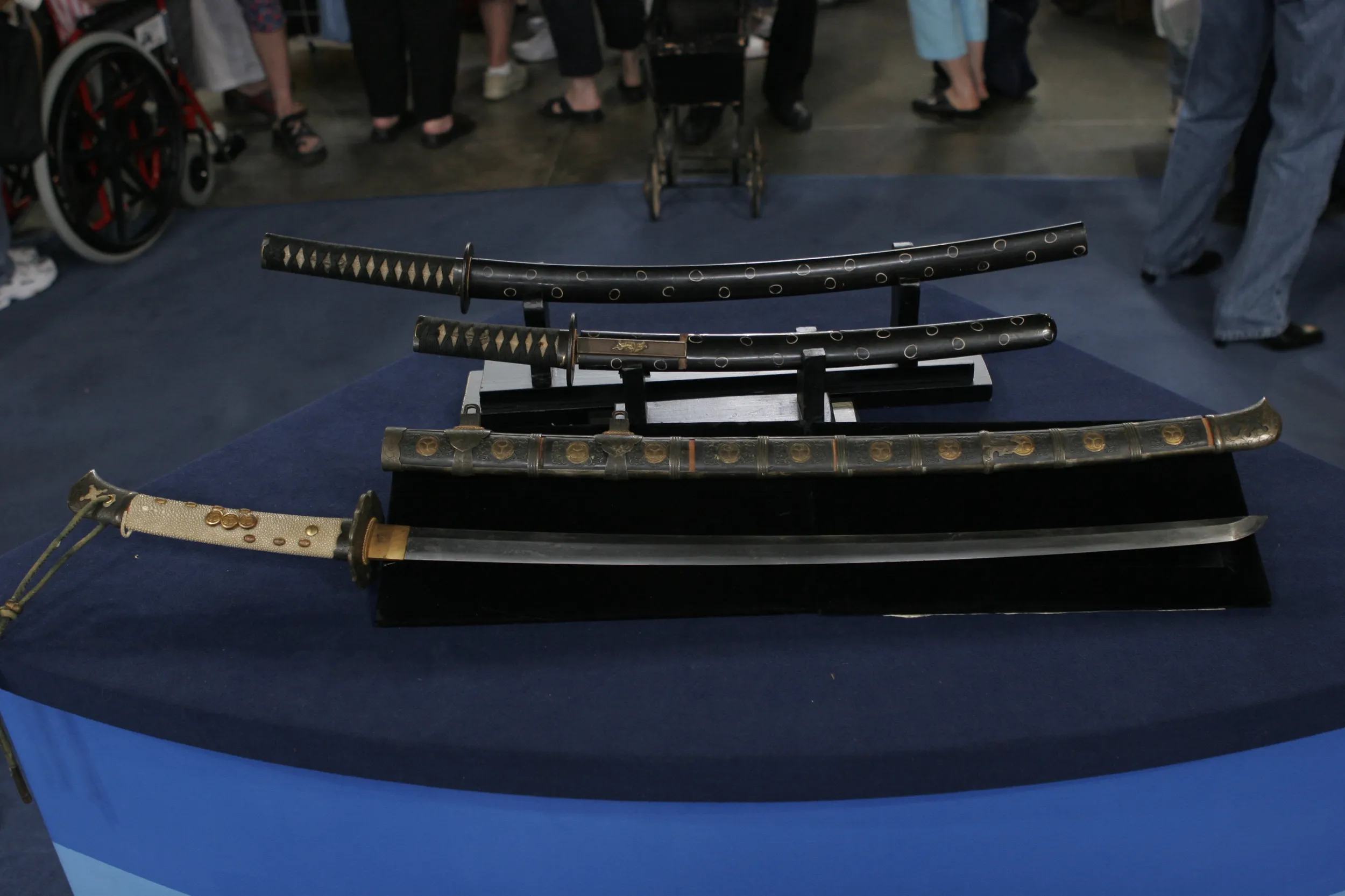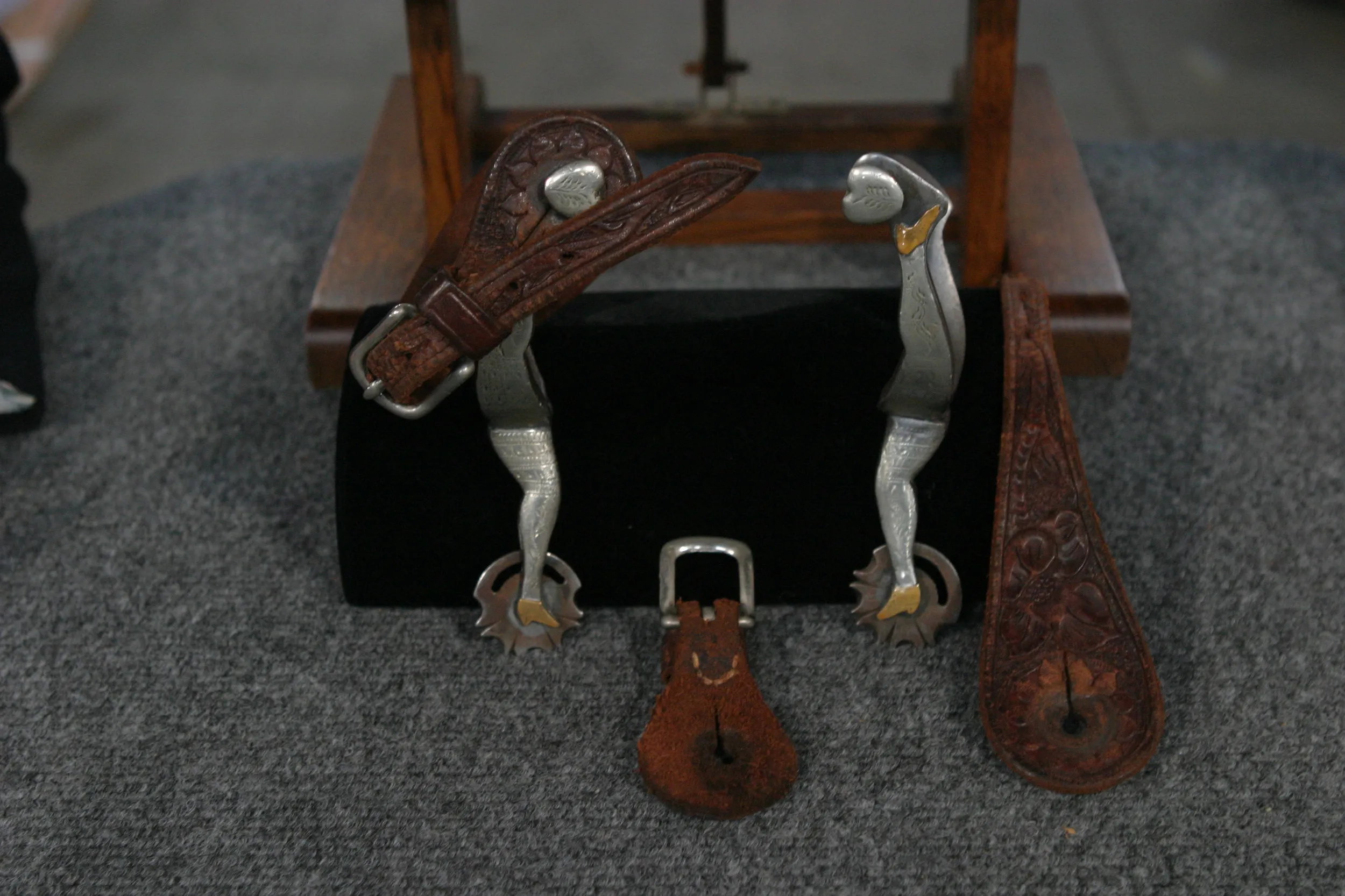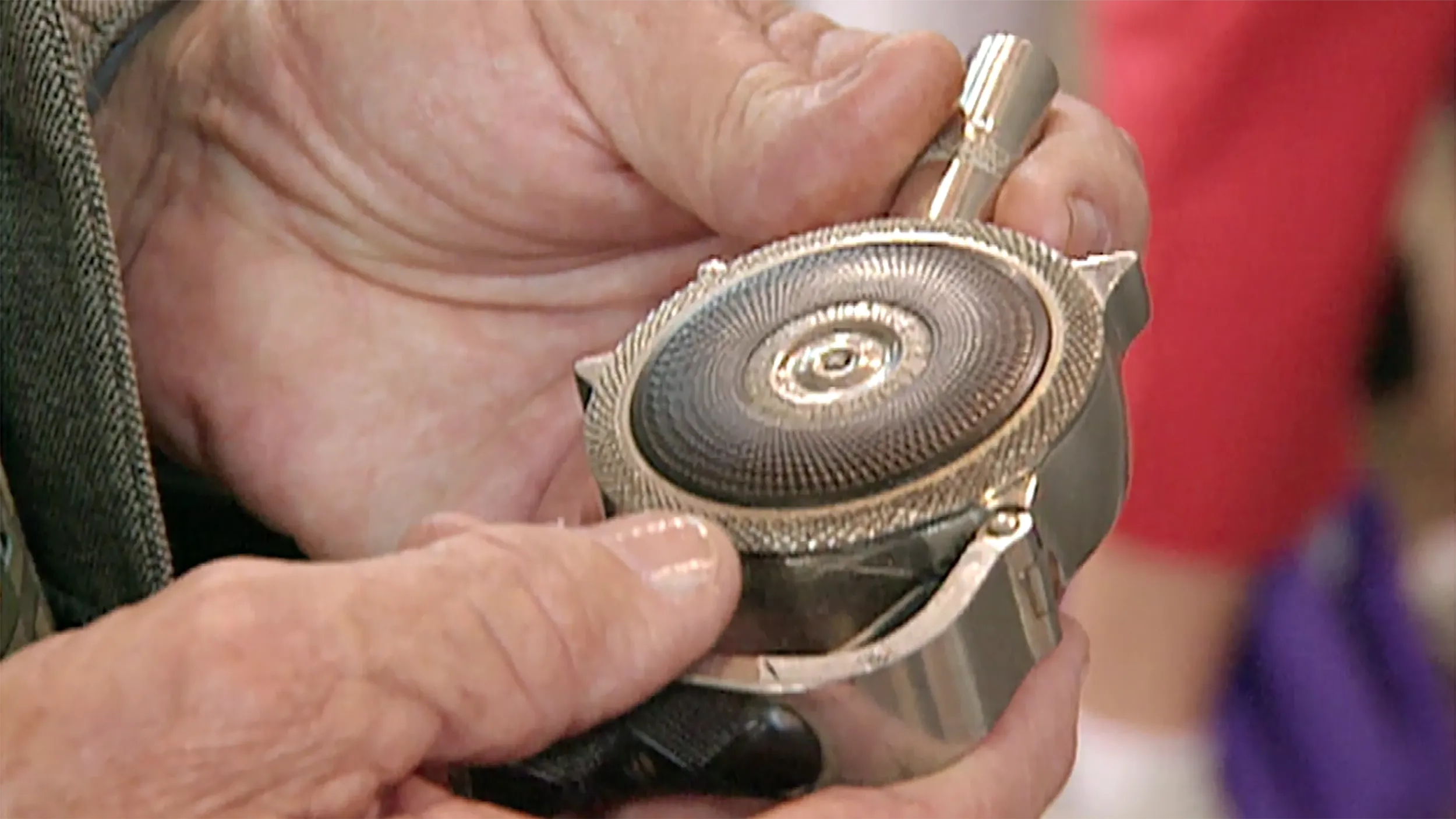GUEST: This rifle belongs to my husband. He inherited it from his grandfather.
APPRAISER: Mm-hmm.
GUEST: And to be honest with you, that's all I know about it. My husband told me to tell you it's a breechloader, which I'm sure you know that, and I... that's supposed to make it a little unusual, perhaps, or...
APPRAISER: Well, it is for the time period it was produced. What you have here is a U.S. Model 1819 Hall rifle.
GUEST: Hall.
APPRAISER: Bear in mind that during the early part of the 19th century, the standard military arm is a flintlock, muzzle-loading, smoothbore weapon.
GUEST: Mm-hmm.
APPRAISER: This is innovative because not only is it a rifle, so it has a rifle bore that gives you more accuracy at greater distance, it's also a breech-loading weapon. By operating this lever, you open the breech, you can put in your powder and your ball, close your breech again, and you're ready to go. Much faster than loading manually through the muzzle with a ramrod. However, that's not the really innovative part of this story. This is the story of the American Industrial Revolution. John Hall's design concepts and manufacturing concepts provided for the first interchangeable-parts guns to ever be produced at a U.S. arsenal. The U.S. government was so impressed with what he had come up with that they hired him to build the rifle works at Harpers Ferry, which was one of our two national armories during that period. And the guns that he produced there were made with fully interchangeable parts. This is a time when any manufacturing is by hand, essentially. And even though some machine tools are being used, there is no interchangeability of parts. If you took five guns, took them apart, you could not swap the parts between them.
GUEST: Mm-hmm.
APPRAISER: Any Hall rifle made at Harpers Ferry could be exchanged with any other.
GUEST: Okay.
APPRAISER: So it was an amazing feat of engineering. Now, Hall starts working in 1819. It takes him several years to get the rifle works up, operating, and producing guns.
GUEST: Yeah, yeah.
APPRAISER: By the end of the 1830s, he produced about 20,000 of these rifles. Had one little design flaw. When you fire the gun, gas tends to leak out of the breech area here.
GUEST: Mm-hmm.
APPRAISER: So every time you fire it, you've got this puff of smoke and hot gas right in front of your face.
GUEST: (laughs)
APPRAISER: So for some people, it wasn't a real popular weapon.
GUEST: Yeah.
APPRAISER: It's got a couple of little condition issues. It's missing the top jaw and the screw that held the flint here.
GUEST: Oh.
APPRAISER: And it's got a little crack here, which is not uncommon in Hall rifles. When you see this crack, you know that sometime, probably in the last 50 or 100 years, someone took the gun apart inappropriately, and that's how the crack was developed. The other neat thing you have is the bayonet. Those were interchangeable; any Hall bayonet would fit on any Hall rifle. This gun was made in 1834, right on top of the breech.
GUEST: Oh, okay, 1834. Oh, it's on there? Oh, okay.
APPRAISER: You've got the marks for John Hall, Harpers Ferry.
GUEST: Okay-- oh, okay.
APPRAISER: And it was made in 1834 during the second production run of these rifles.
GUEST: Oh, okay.
APPRAISER: Because the gun is still in its original flintlock configuration, it's worth more. The gun on its own in a retail setting is going to sell for somewhere between $2,500 and $3,000.
GUEST: Oh, okay.
APPRAISER: The bayonet adds at least another $500 to that price.
GUEST: Hmm.
APPRAISER: So you've got a $3,000 to $3,500 package here.
GUEST: Oh, okay.
APPRAISER: And you have a great example of American ingenuity and the birth of the American system of interchangeable parts manufacture.
GUEST: Nice. Well, thank you so much. Well, it'll stay in the family and it'll stay on the wall. (laughs)
APPRAISER: Fantastic.
GUEST: We're not selling it.















